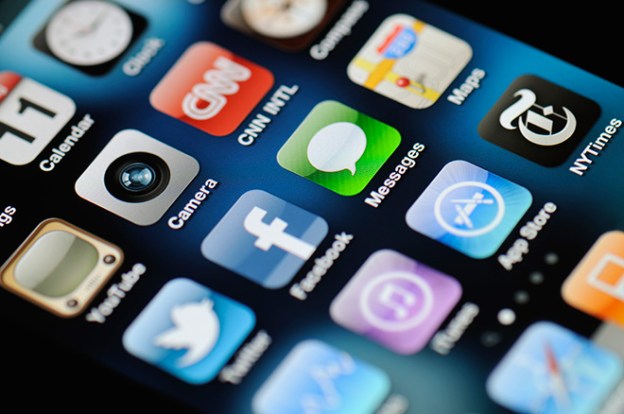
For most of us, when apps first made their way to the market, it was an exciting new phone feature most of us had never imagined. And the rush from downloading a slew of these apps was exhilarating. But then, there was always that moment of disappointment when one of the new downloads didn’t live up to our expectations or, worse, were riddled with bugs.
It’s surprising when we come across buggy apps, considering the vast popularity of apps in the mobile world. As TechCrunch recently reported, technology analysts at Compuware found that mobile apps are still the preferred means of connecting for most users over mobile websites, with 85 percent choosing the former over the latter. The company found that the majority of people feel that apps are a much more efficient means of connecting with a brand. (Though who knows? Responsive websites may help shift that opinion, though that won’t likely happen anytime soon.)
That being said, there is major incentive for companies to do thorough testing on apps prior to their release. While 79 percent of users will give apps a second chance after it failed to impress them on the first go, that number plummets to just 16 percent that will go back for a third attempt.
Compuware found that, after surveying more than 3,500 the majority of mobile users have encountered app issues in the recent past, citing issues such as freezing, crashing, slow launches, not launching, and just not living up to the users’ expectations.
To boot, the study also showed that anywhere from 80 to 90 percent of all downloaded apps are used once and then eventually deleted by users. Talk about pressure for developers! This means, not only do they have to produce a bug-free app, but the app has to hook users immediately. Granted, developers will have already made money from the initial download, if the app wasn’t free, but they’ll lose out on any potential future in-app sales, which, as we’ve found out recently, can be extremely lucrative.
What are your biggest app pet peeves?
Editors' Recommendations
- You’ll soon be able to use WhatsApp on more than one phone
- Seeing more ads in your Outlook app? You’re not alone

